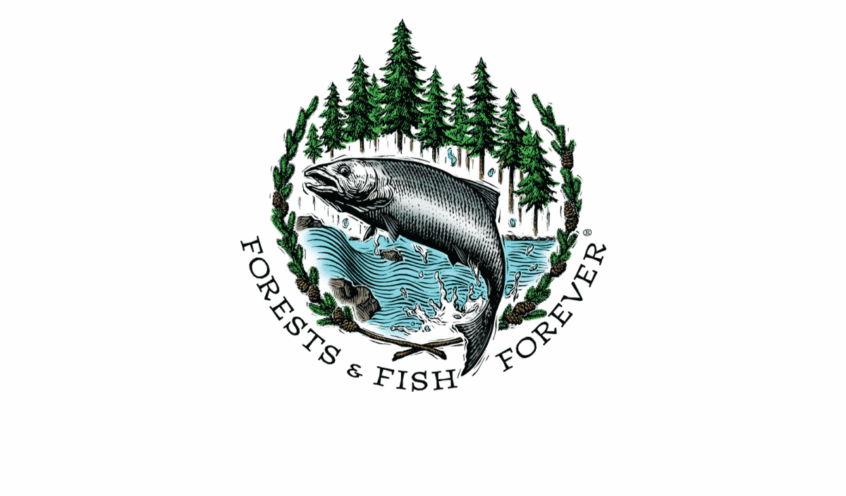A broad coalition opposes the arbitrary and costly rule
During the public comment hearings on the Forest Practices Board’s proposed rule, the Board heard from groups and leaders representing the rural backbone of Washington—large and small forest landowners, lumber mills, wood manufacturers and woodworkers, family tree farms, 12 county commissions, conservation districts, fire districts, economic development councils and port commissioners, farmers and ranchers, current and former elected officials, along with hundreds of concerned Washingtonians, all voiced strong opposition to the high costs of Ecology’s proposed rule.
Thousands of emails and letters were sent to the Forest Practices Board and are part of an official public record. The most common themes of opposition were:
- The high costs that would be shouldered by economically disadvantaged rural communities—estimated at $8 billion,
- The shock to the state’s already fragile mill infrastructure, and
- The failure of the Board to consider lower-cost alternatives or to request further study of the rule’s broad economic impacts.
The Forest Practices Board is obligated to address these critical questions before implementing a major rule. Under the Forests & Fish Law, science shows that Np buffers keep water cool, well below the Department of Ecology’s standard of 16 degrees Celsius. Ecology changed the target to require “no measurable change” in water temperature before, during, or after timber harvest. The proposed Type Np 75′ buffer on both sides of the non-fish stream results in costly and inoperable requirements that are not supported by science.
In addition to the public hearing comments, newspapers across Western Washington are publishing news and informed opinion against the rule:
- “WA’s stream buffer rule: Big economic impact, little environmental evidence,” by professional forester Jacob Vail in The Cascadia Daily News
- “WA should follow the science when it comes to waterway rules,” by former state lawmakers Jim Buck (R) and Debbie Regala (D) in The Seattle Times
- “Trust lands under threat in Grays Harbor, Pacific, and Skamania counties,” by Wade Boyd, Phd, Ret. and Forester in The Aberdeen Daily World
- “One reader’s view | Cowlitz County tree farm owner says proposed stream buffer will hurt business,” by small tree farm owner Taryn Christison in The Longview Daily News
New regulation brings economic harm for no discernible benefit, puts politics ahead of science
What is “Type Np?”
The “Np” in Type Np stands for non-perennial, and the term is a water typing classification used to identify a section of stream that is often dry during the year and is proven to not contain fish.
The Type Np rule requires private forest landowners to keep large buffers of forest around this class of streams, for the purpose of protecting salmon and cool water. However, the data fails to show that the proposed rule will result in any real benefits to fish or keep the water colder than it is. At the same time, there is ample evidence that the rule will do severe economic harm—estimates of at least $8 billion that would hit rural communities that are already struggling.
Opponents of the Type Np rule have asked the Forest Practices Board to restore balance, fairness and good governance—restart a science-based approach to protecting fish habitat that does not ignore lower-cost alternatives.
In addition to the immediate loss of $1 billion in the value of trees, counties will lose another $72 million in revenue from the timber tax
The sudden removal of more than 200,000 acres of productive forestland from planned harvest rotations will result in counties experiencing large revenue losses.
In addition, the loss of millions of board feet from timber harvests—equivalent to 1–2 sawmills, 2,000 jobs, and enough wood for 15,000 homes per year—will put new strains on a forest sector infrastructure that is already under strain.
If you’d like leaders in Olympia to hear your concerns, please click here.
